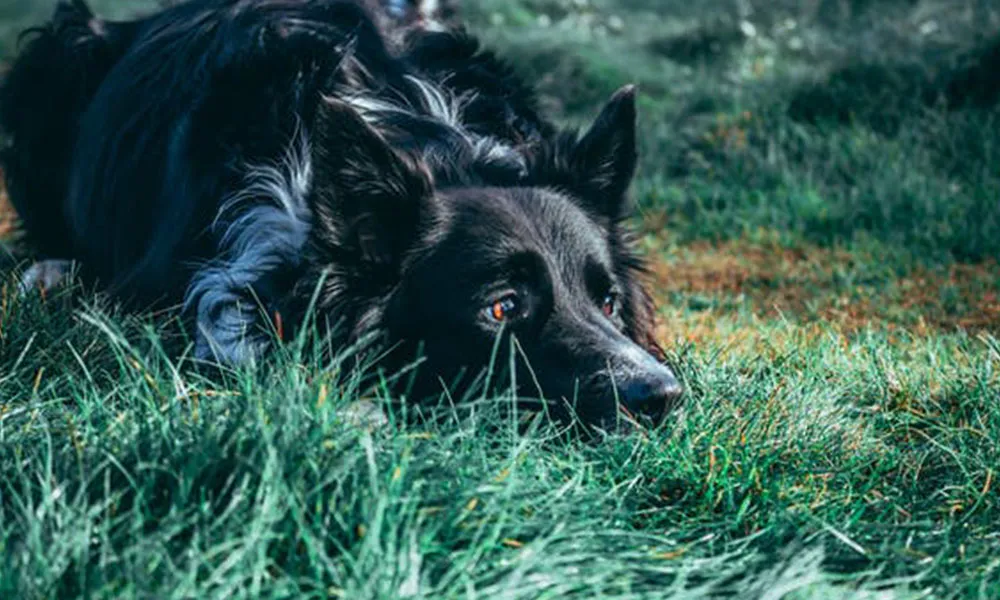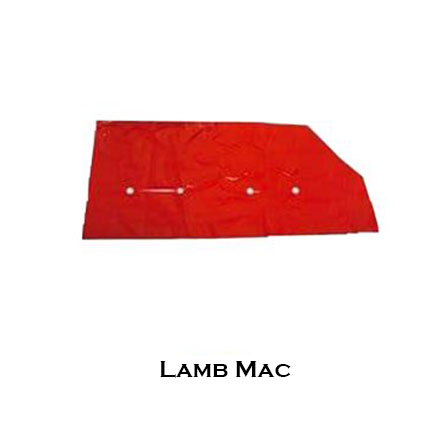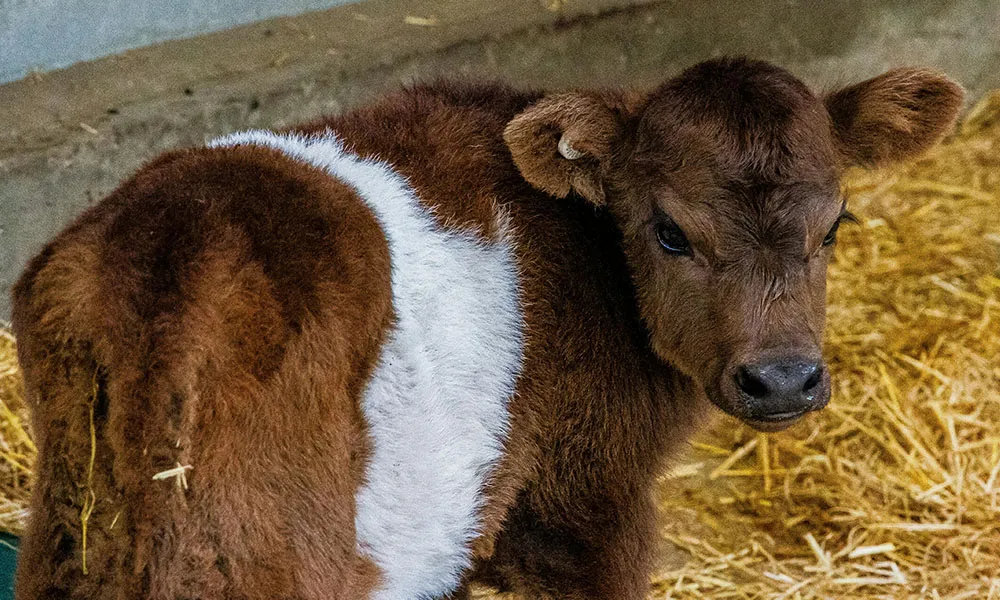
The mystery of the dead lambs
For the last month or so, we have kept a dozen ewe lambs, born last April, in the meadow beside our house. These are good, strong Brockie faced hoggets that will be ready for the ram this autumn.
One night, about a fortnight ago, they were attacked. We found one dead on a murky wet morning, with half her neck eaten away. Two days later, we discovered a second lamb dead. This time, the entire head had been taken.
Needless to say, a dog was the immediate suspect. Generally speaking, sheep of this size are too big for a fox to chance. A couple of our neighbours agreed that only a dog would have taken on an almost full-grown sheep, and so we have been on the lookout in recent days for dogs on the road. At the same time, however, we have started to doubt that a dog is responsible at all. I have spoken to men who know more about these matters than I do, and some insist that a big dog fox will go for older sheep if he is desperate enough. More to the point, I have heard from several people that the nature of the kill – namely the removal of the head – is typical of a fox.
These conflicting opinions have left us in something of a predicament, and so I decided to do a bit of digging online. Having spent several days researching livestock predation, I have gained some valuable knowledge that might be of assistance to you over the coming weeks, particularly around lambing season. What follows here is a description of the trademark predation associated with the main predators likely to attack your flock this spring.
Dogs
Among potential predators on Irish farms, dogs are without a doubt the greatest scourge and the most serious threat. Because they are the strongest, most athletic predator to worry the flock, they also have the capacity to do the most damage. To make matters works, predatory dogs often move in packs, thus multiplying the danger.
Usually, a dog will kill by a bite to the throat, which damages the trachea and the blood vessels of the neck. This means that blood and heavy damage on the throat of a dead sheep is a strong indicator of a dog attack. Furthermore, because dogs usually attack from behind as the sheep tries to flee, injury to the hind legs is another common feature of dog attacks. Blood may often be found caked to the back legs.
Foxes
Generally speaking, foxes will not attack adult sheep. Their jaws lack the strength of a dog’s, so they do not have the power to clamp down on the neck, puncture the muscles and tendons, and sever the blood vessels. Therefore, in the event of a strong fox attacking an adult sheep, multiple bite wounds at the neck would be a strong indicator.
Foxes are known for killing younger and weaker lambs and tend to feed on the head or organs of their prey. If a lamb disappears and is never found, a vixen is the likely culprit. She will kill and take her prey back to the den to feed her young.
Pine Marten
This predator, once endangered in Ireland, has made an astonishing comeback in recent years and is now ubiquitous in much of the country. A vicious predator, the pine marten is known to take young lambs during the spring. Unlike the fox, who may remove prey from the field, the pine marten will kill its prey outside. Typically, the pine marten will kill lambs by puncturing the neck with its teeth, just behind the ear. This makes a pine-marten kill difficult to distinguish from that of the mink.
Mink
Although far less commonly attested in Ireland since the return of the pine marten, the American mink is nonetheless a ferocious and bloodthirsty predator known to attack young lambs. The mink has a very distinctive approach, however, so it is usually easy to identify a mink attack. This interloper will attack at the neck, and feed on its prey’s blood. Like the pine marten, the telltale sign of the mink is two puncture marks on the dead lamb’s neck. Also like the pine marten, the mink kills for sport as much as food, so it is likely that it will kill more than one animal during an attack. When mink attack the chicken coop, they are known to keep killing until every bird is dead.
The key difference between the pine marten and the mink relates to habitat. If your pasture is beside water, you may be dealing with a mink attack. If you graze your sheep close to woodland, a pine marten is the more likely.
Conclusion
My research has led me to believe that a dog is indeed the likeliest culprit in our case. However the removal of the head is an interesting detail, that is not consistent with how dogs generally hunt. It is possible that a dog made the kill, but a fox came upon the carcass before dawn and feasted on animal’s head. At any rate, we will have a few more sleepless nights before the offender is identified.
Thanks for reading. Please be sure to share your experiences of farmland predation in the comments section! As always, we would love to hear from you.














